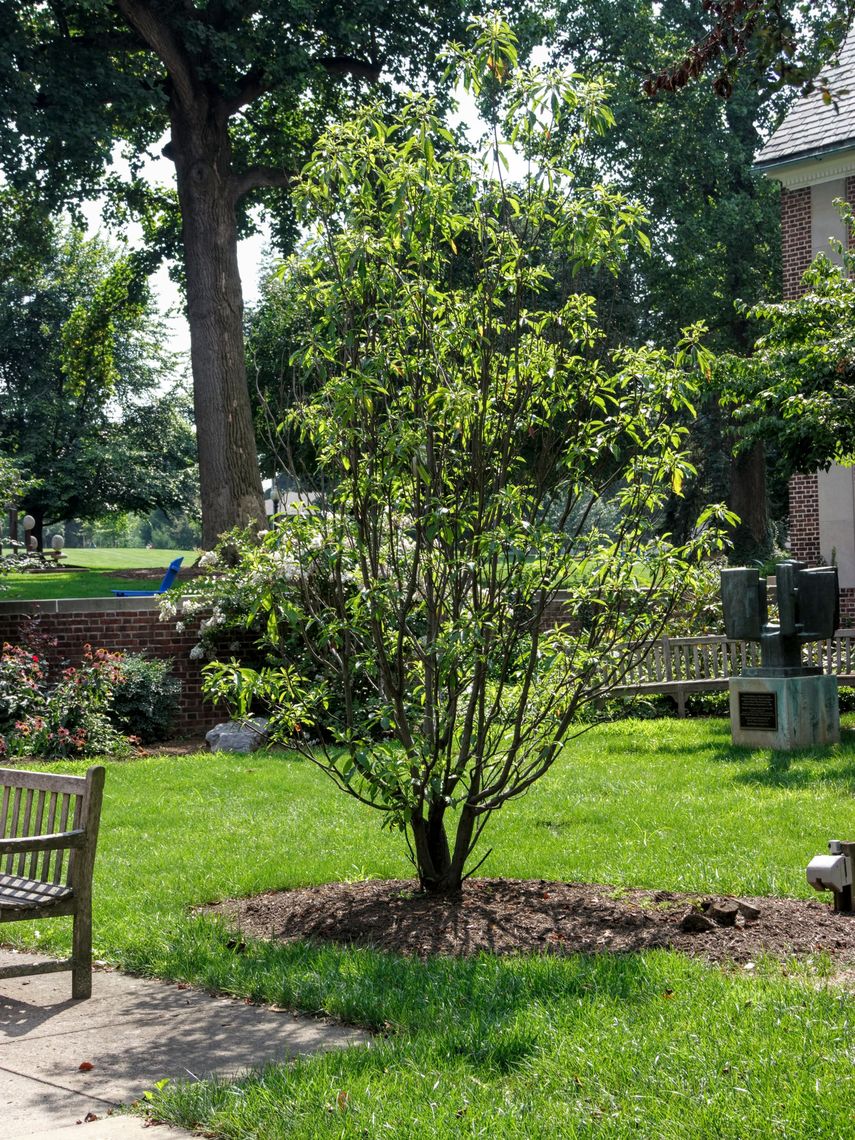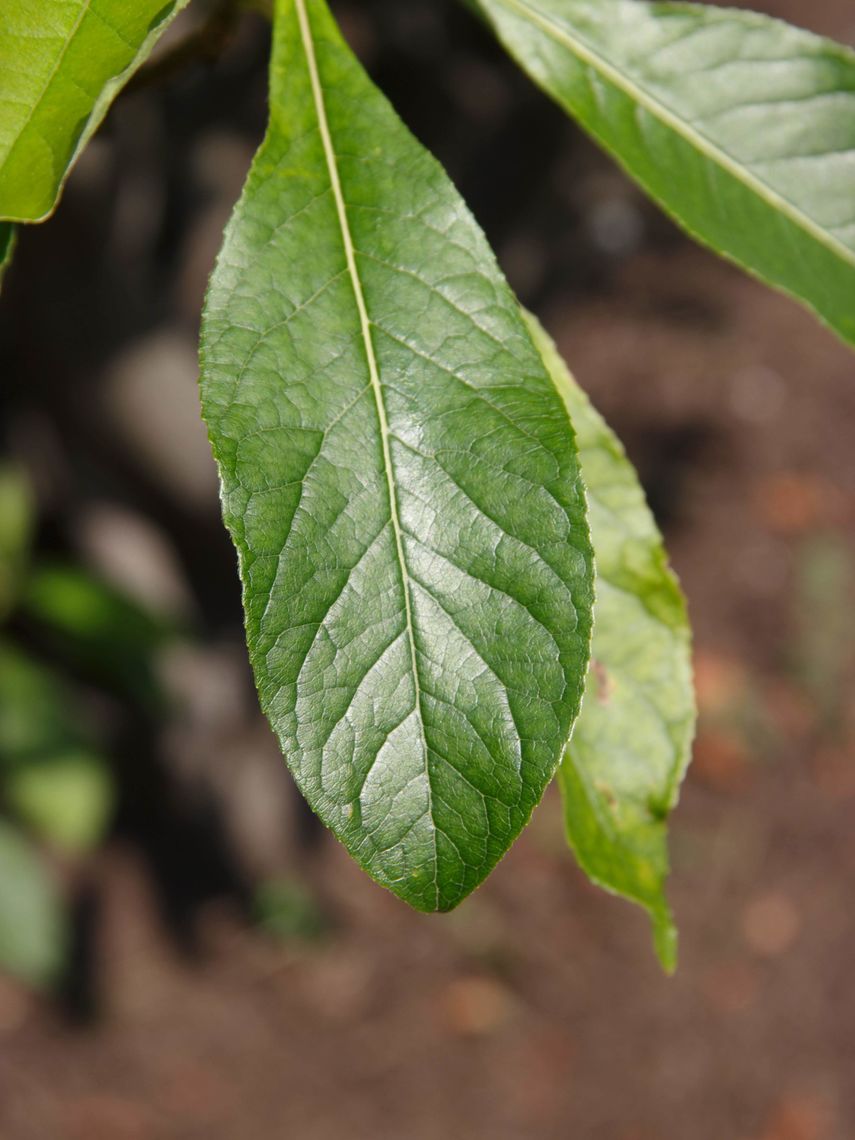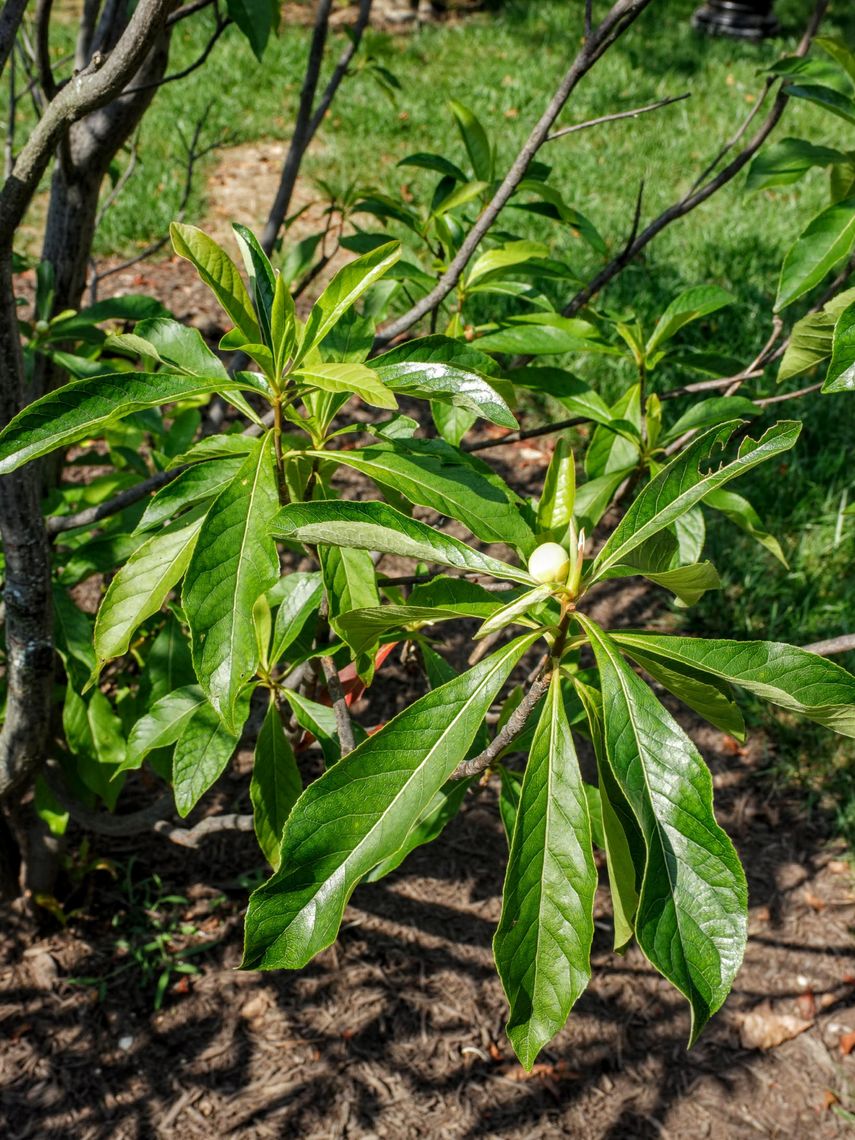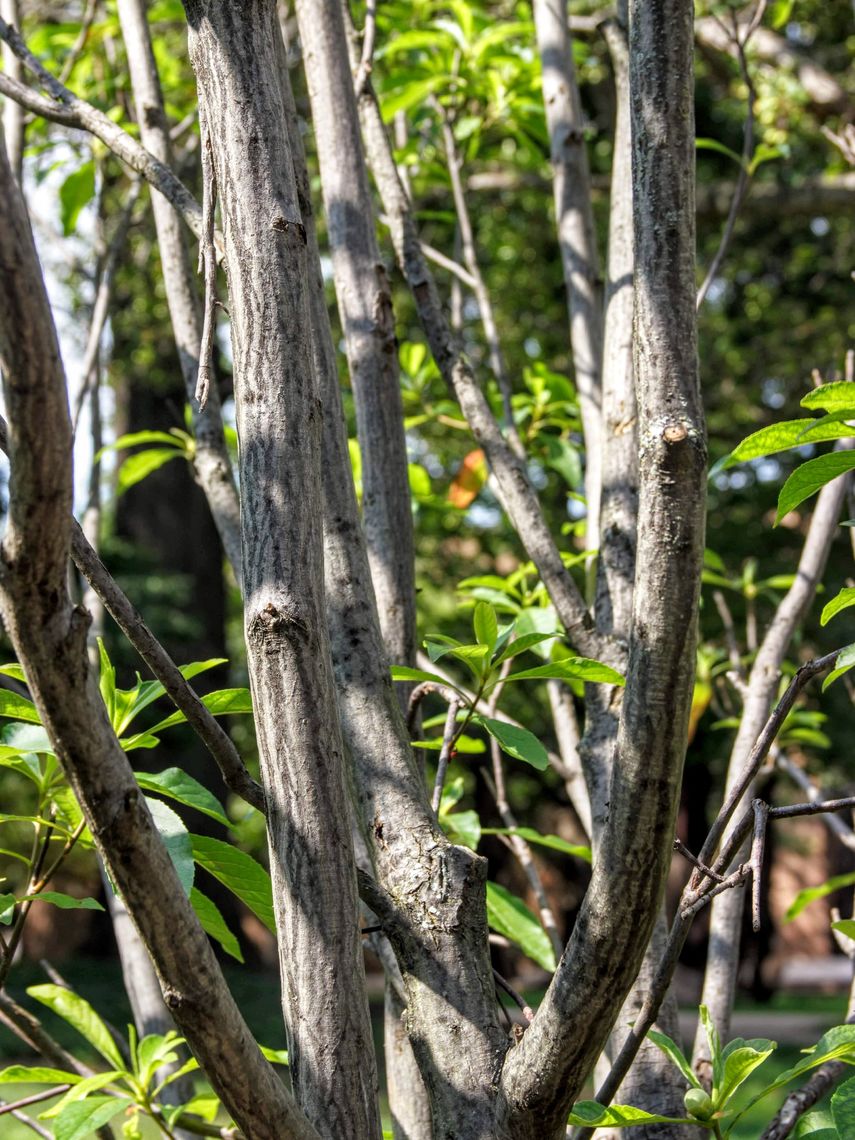Franklinia Tree (Franklinia alatamaha)
The Franklinia tree has only ever been known to grow on the banks of the Altamaha River in southeastern Georgia. In 1765, John Bartram discovered this tree and then in 1773, he collected its seeds to bring back to the Bartram's gardens in Philadelphia where he was successfully able to grow the tree. This tree has been extinct in the wild since 1803, but the cause for its extinction is unknown. This means that all current franklinia trees are derived from the seeds that were collected by Bartram. The franklinia is a petite tree with sweetly fragrant, 5 petaled, white flowers with egg-yolk yellow centers. Its leaves are dark green, long, and thin, and turn shades of orange, red and purple in the fall.
Family: Theaceae (Tea)
Characteristics: The 5-inch to 6-inch-long leaves are glossy, dark green, long, and thin. In the fall, leaves turn shades of orange, red, and purple. The flowers are 5-petaled, fragrant, and white with yellow centers. Bark is gray, smooth, and broken by irregular vertical fissures. This tree has upright spreading branches and it can grow as a single trunk tree or multi-stemmed shrub. It grows 10-20 feet high and 6-10 feet wide.
Foliage: Deciduous (leaves lost seasonally)
Geographic Origin: Southeastern United States (non-native)
Cultivation Notes: Requires medium maintenance. Does best in full sun to part-shade. Prefers organically rich and medium moist soils, and requires well-drained soils. This tree should be left undisturbed once planted in a landscape.
 Number on Campus: 5
Sources: Dirr, Morton Arboretum, Missouri Botanical Garden
Tree photorgaphed is not fully mature. For pictures of a mature tree see also:
http://www.hesslandscapenursery.com/plant_library/plant/1216/franklinia-alatamaha/




